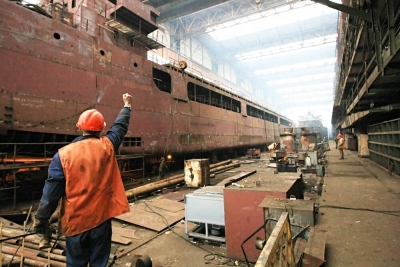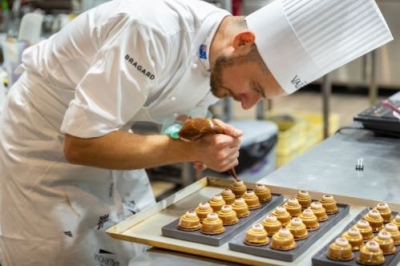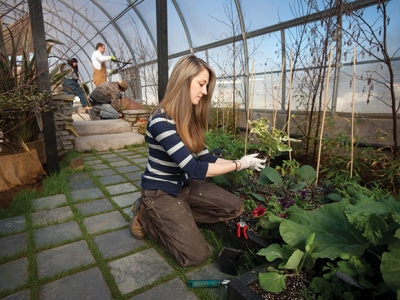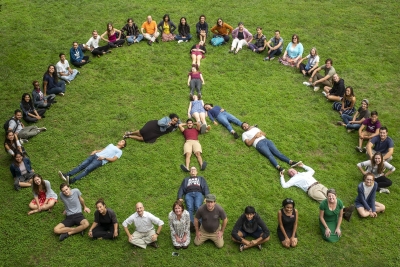
From Vasco da Gama’s Sao Gabriel and Christopher Columbus’ Santa Maria to the Mayflower, ships have played an important part in history. These vessels have been part of epic voyages, great bottles and discovery of new homelands. Building these mammoth structures to survive fiercestorms and giant waves is the job of naval architects. They are responsible for the design, construction and the repair of the ships and other marine vessels, including offshore and floating structures. Militaries, commercial ships and maritime companies need ships that are sea-worthy and environment-friendly, and this has driven the demand for naval architects. So if you have a fascination for marine vessels and an eye for detail, the field of naval architecture could be the perfect choice.
How it works
Naval architecture is the science of designing and manufacturing of sea-going vessels. It is a branch of marine engineering. Naval architects can build a variety of marine vessels, including fishing boats, barges, submarines and ships. They take the ultimate responsibility of the safety of the vessel.
Building a ship is a team effort that requires inputs from different types of engineers and professionals. The naval architect ensures that all of them work together to build a strong and sturdy vessel.
Required skills
- Knowledge of different branches of engineering
- Mathematical ability
- Creativity and eye for detail
- Ability to co-ordinate with other professionals
- Communication skills
- Patience and time management
- Sound judgment and leadership skills
Scope
Naval architects are involved in a variety of work that can be classified into design, construction and repair, consultancy, marketing and sales. Ships and yacht builders, offshore companies and engineering and design consultants need naval architects to design new vessels. Major equipment manufactures also employ naval architects to design products such as propulsion systems and auxiliary systems. A naval architect also oversees ship yards where marine vessels are built, repaired, inspected and tested.
What to study?
Several engineering institutes offer Bachelor and Master of technology (B. Tech and M. tech) in Naval Architecture and Ocean Engineering. You need to clear the Joint Entrance Examinations (JEE) for admissions, while some have their entrance examinations.
Where
- Indian Maritime University, Visakhapatnam: B. Tech and M. Tech in Naval Architecture and Ocean Engineering; B.Sc Ship Building and Repair
- Indian Institute of Technology, Madras: B. Tech and M. Tech in Naval Architecture and Ocean Engineering.
- Cochin University of Science and Technology: B. Tech in Naval Architecture and Shipbuilding.
Abroad:
- Newcastle University, the U.K.: M.Sc and PG Diploma in Naval Architecture.
- University of Southampton, the U.K.: M.Sc in Marine Technology.
- University of Strathclyde, Glasgow: M.Sc in Naval Architecture.
- University of New Orleans, the U.S.: B.Sc and M.Sc in Naval Architecture and Marine Engineering.
Picture Credit : Google










